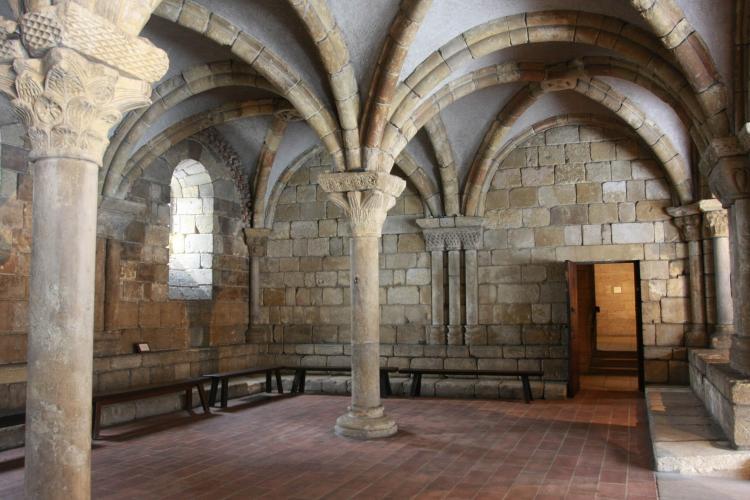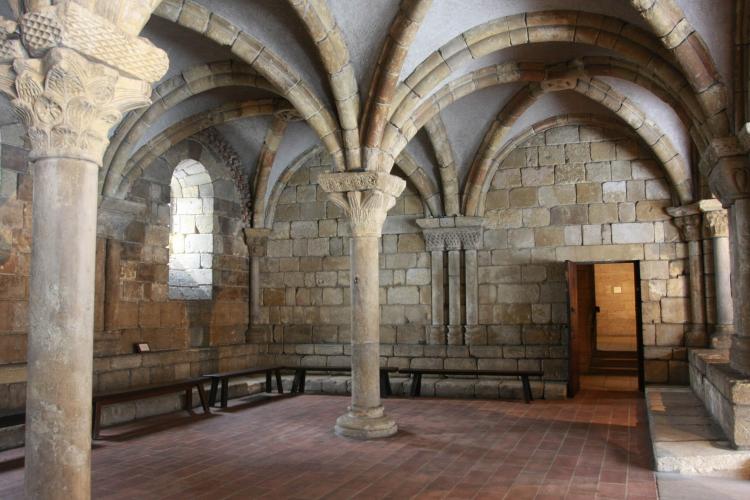A Space Apart: The Met’s Cloisters
Far in the northern reaches of the city, nearly out of the reach of traffic and industry, of cement and steel and flashing lights—the Metropolitan Museum of Art’s Cloisters are a space apart, a solace, and a reprieve.
|Updated:






